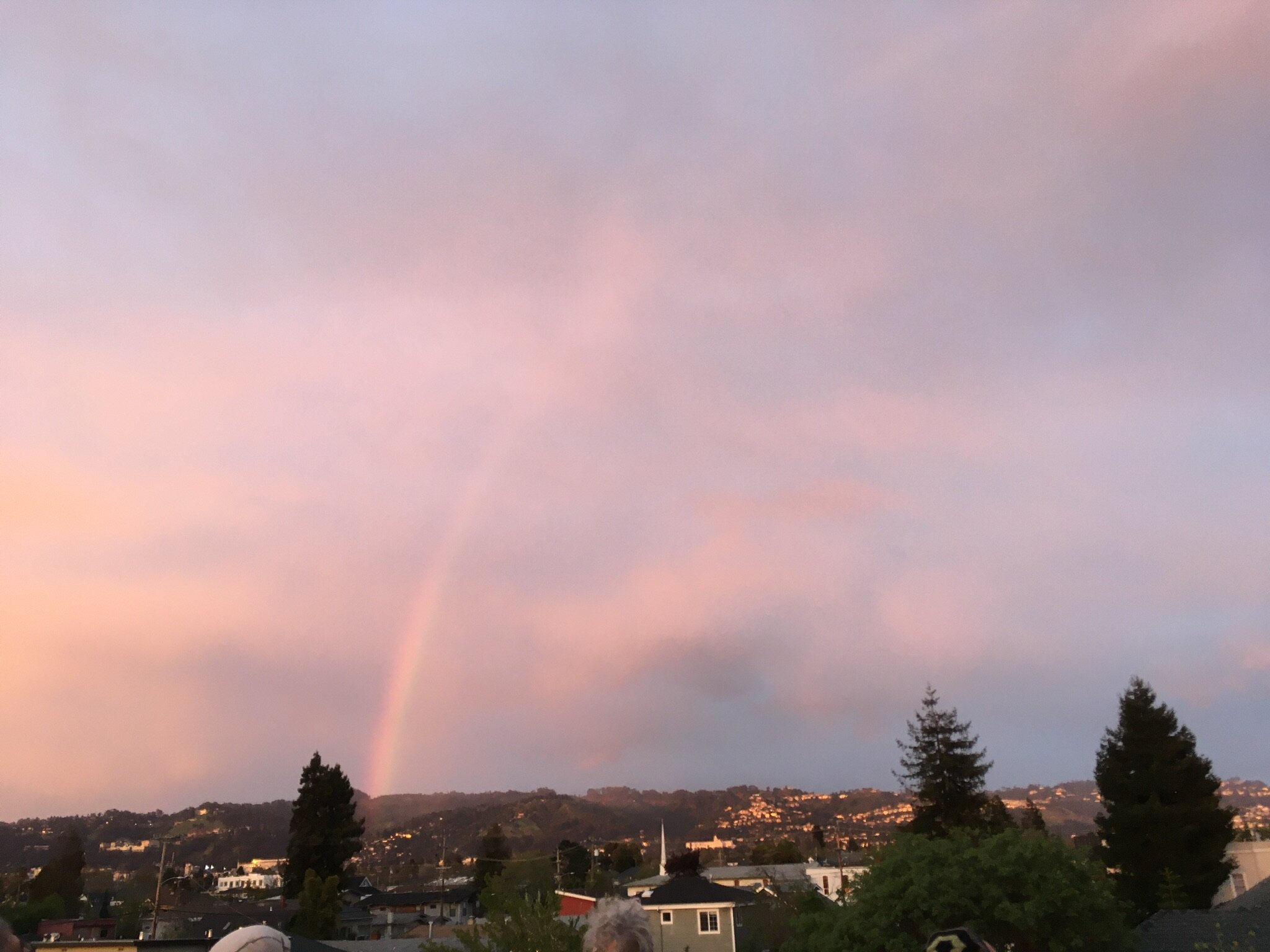
Popularizing a systems approach to culture will take a while. I’ve begun to sketch out a roadmap knowing it may take lifetimes to explore, create, and ground-truth at any scale.

Speaking of AI…
The always inspiring Vanessa Machado de Oliveira Andreotti of the arts/research collective Gesturing Towards Decolonial Futures (GTDF), recently launched Burnout From Humans: which has trained and used an AI model who calls themselves Aiden Cinnamon Tea…

a start
articulture.systems hopes to inspire with a simple idea: What might emerge if our cultural landscape was understood more as a system than as a collection of individual elements? This would apply at a personal scale, all the way up to a global scale. It’s about interconnection over separation.
I plan to explore this here, invite folks to consider the ramifications and see what emerges. If there’s greater interest in this, perhaps we can build up a body of thought, experience and practices to help us all cultivate a more resilient culture at a time when we urgently need something different. A systems approach could create space for collective action and accountability, particularly as it relates to social and ecological justice.
I’ve listed these as steps and I can imagine some sort of progression but realistically, they are likely to happen out of order and simultaneously as well. Please take this as a guide to some of the tasks involved. As things progress, I expect we’ll find others…

on language
I figure some thoughts on the words I use on this site might help. This short video (same one as on the home page) can set the stage. In it, I describe the following terms:
an artwork -
By this I mean what our industrial growth culture thinks of as art. It could be a sculpture, painting, dance, fashion, writing, tattoos, song, performance, installation, food, architecture, etc. Generally, it’s a specific thing or event you can point to. It has a name and date and author and there’s a sense that it could be moved someplace else in time or place and it would still be itself. In that sense it is a way of defining a boundary around something by calling it art. It doesn’t even have to exist anymore, living on as a reference in a book with photographs and descriptive text is enough. There are countless books and clever essays about this phenomena. Anyone who might want to share some further resources and links about this urge to claim and capture aesthetic experiences, below, please feel free…
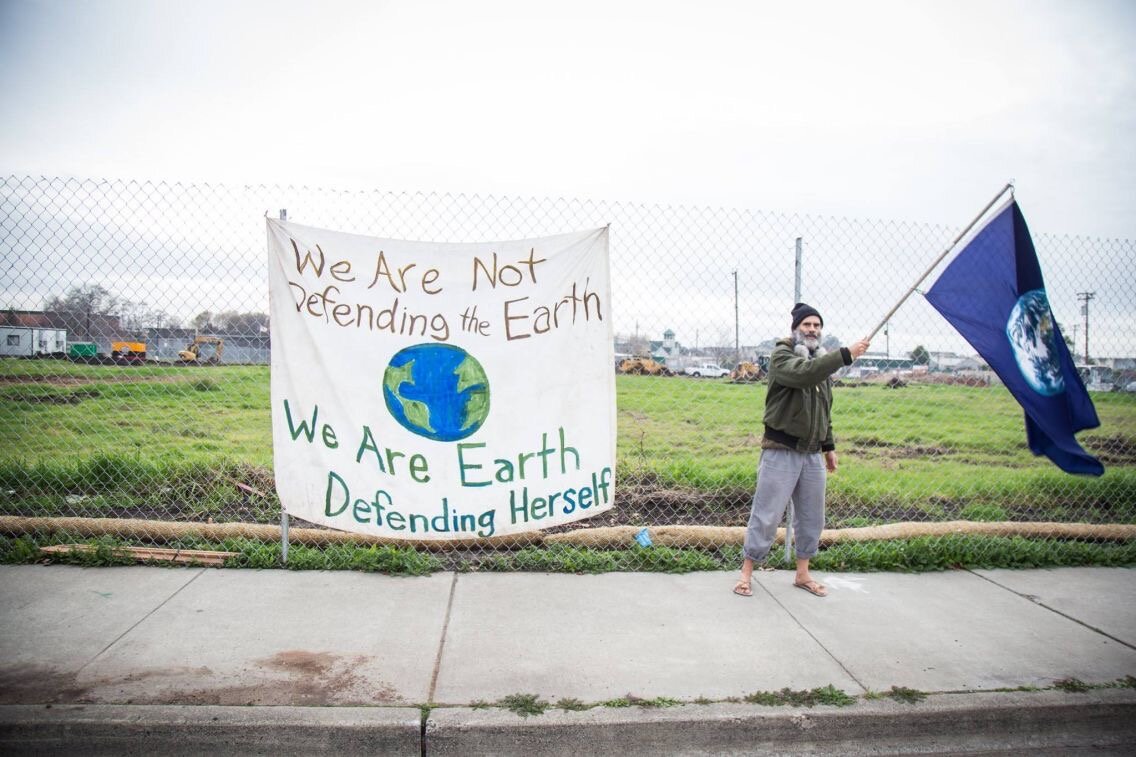
naming things
I can only imagine how our ancient ancestors felt about the Earth, Pachamama, or the vast cosmos and their place in it. I expect those who study our prehistoric kin do what they can with the stories, context, remains and artifacts available to develop models for what these ancient relatives’ inner lives were like.
Given how embedded these people were within the diversity of life around them, the seasons, the cycles of what we call nature and the universe, I can barely begin to grasp how their "art" as we understand it today, supported their long-term survival and happiness, but I expect it did and pretty much had to. I’m also aware that there are many indigenous cultures today that have kept this holistic and vital sense of cultural interdependence alive despite the pressure of industrial colonization and consumer capitalism. My heart and recognition goes out to them for their resilience and bravery…

taking steps
(or at least writing about them)
I welcome suggestions and as always, would love to know about related resources or other people who might be researching this general topic. It seems like a gap, so I'm diving in. I did the same in 2000 when we started greenmuseum.org. Our hunch that environmental art was an emerging movement ready to dive into the mainstream worldwide proved accurate. Because of that, I was able to contribute to the field as a whole to some degree, which was fun/overwhelming.
I'm particularly interested now, in the lived experience making regenerative culture, ultra-low footprint, net-zero-carbon lifestyles attractive and resonant. I think the gift-ecology, off the grid, art and farming satyagranjero movements might have some insights here, as well as Homefulness urban freegan activists, integral nonviolence folks decolonizing white supremacy, patriarchy and other forms of oppression, people exploring traditional cultural roots and deep culture, engaged monastics and giftivists everywhere. For the bulk of human history people have been living holistically within their bioregional means. There’s really no end to the possibilities if we focus on interconnections instead of things…
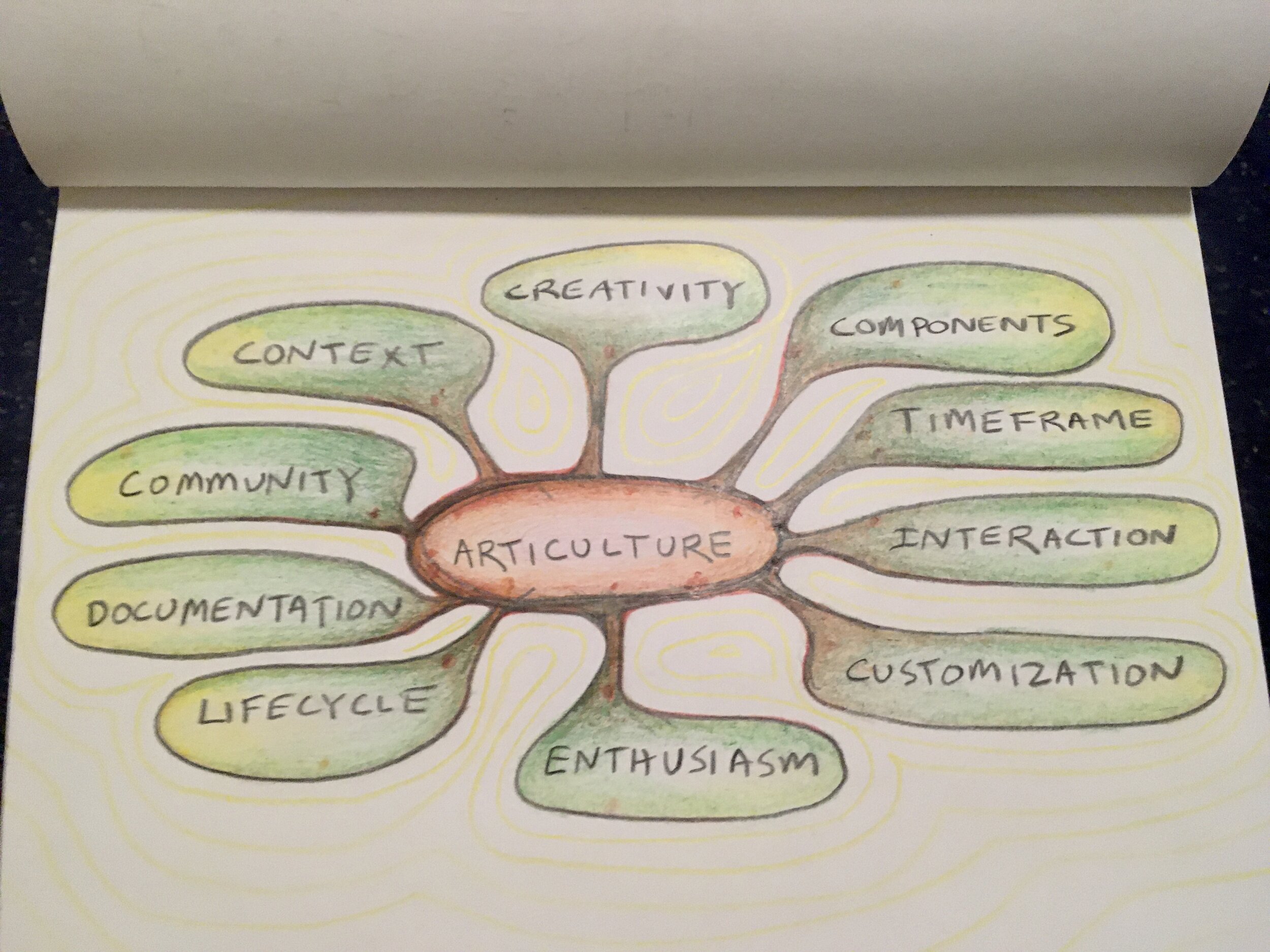
radius of variables
A systems approach to art and culture inspires Sam’s nerdy side, and a number of potential variables emerge.
This is what I mean by these terms:
Creativity: Trying something new. Pushing the edges of innovation. Surprise us.
Components: How many elements are needed to make an effective system? Is it a diverse mix of elements engaging a range of senses? (See five questions)
Timeframe: How long will your interventions last? Is there a commitment to long range impacts or regenerative elements?
Interaction: How does your system begin to engage others? How much participation is possible, useful, realistic? …
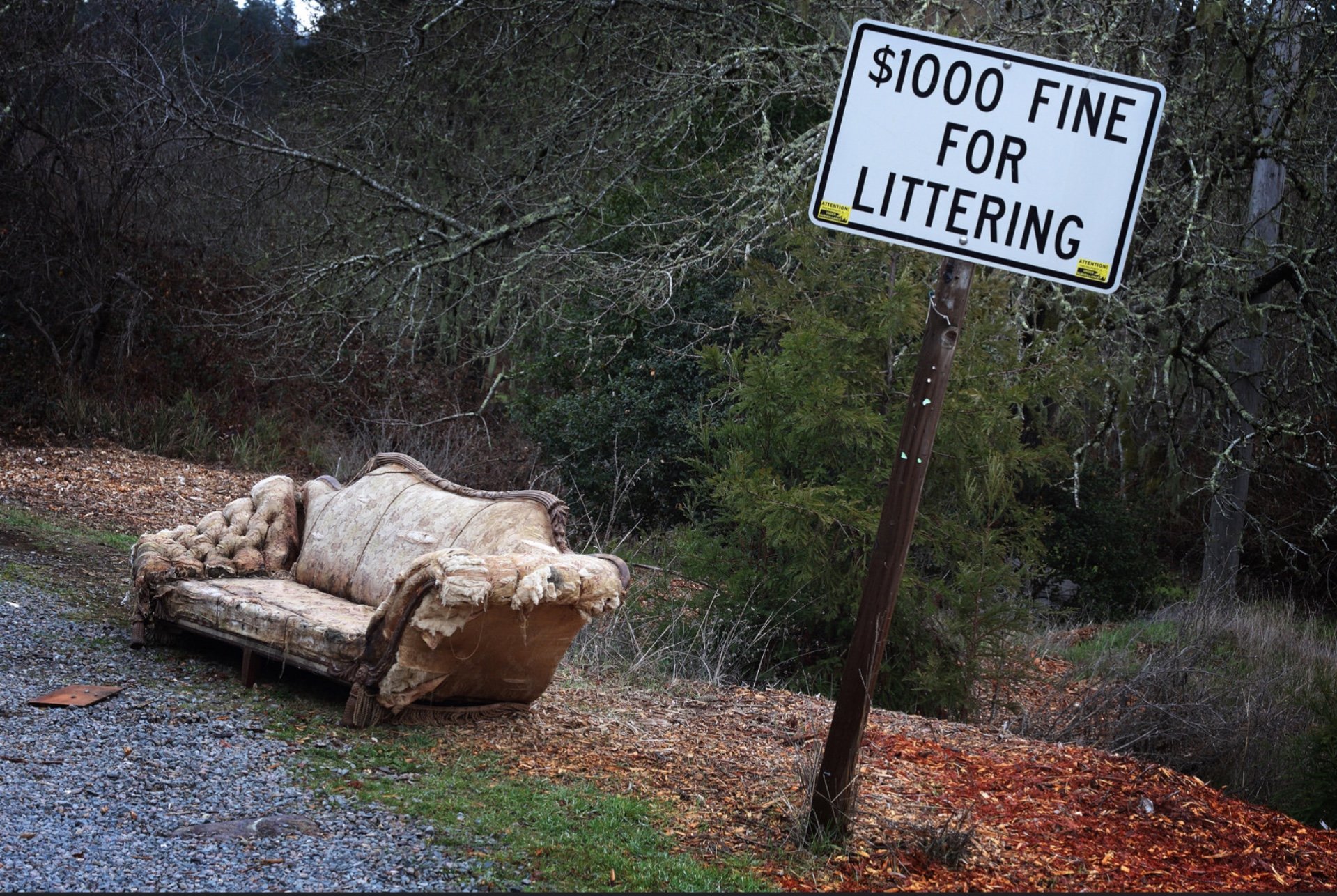
the impediment
On the home page, I wanted to welcome visitors and highlight a core insight that launched this whole articulture initiative. It’s the notion that:
Our contemporary “western” industrial idea of “art” is rooted in the illusion of separation which is itself an impediment to a more holistic, integrative, “regenerative” culture.
First, a little context. During my near-decade working on greenmuseum•org (2000-2008), I wore the sparkly hat of an environmental and eco-art cheerleader. With my colleagues, I tried to share the best examples I could find from what was then, an emerging field (since the ’60s) that was just beginning to take off. I spoke, wrote, organized, and connected people and ideas from around the world, and did everything I could to raise awareness of what was happening in the generative mix of art and ecology to help inspire the creation of new work. It all felt important, even urgent…
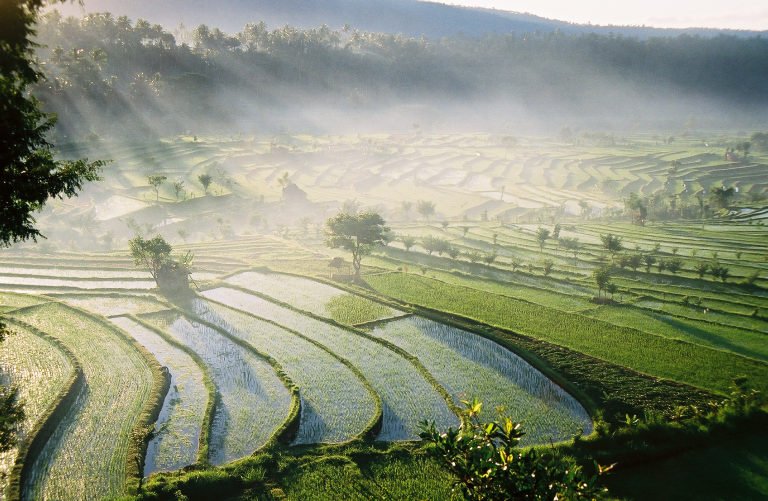
subaks
The traditional water distribution and agricultural expressions of Balinese rice farmers is my favorite example of articulture. Back in my greenmuseum•org days, I attended a talk as part of the Long Now SALT lecture series. The presentation blew me away with its modeled analysis of how this complex rice farming (and so much more) system functioned. It also gave me an introduction to how Balinese culture made the engineering and policy all work together, managing conflict and equity, and ensuring effective practices and wisdom were spread from generation to generation. These were grand, island-scale agricultural earthworks with art and ceremony and beauty woven into every step of a joyous, colorful, nourishing process…
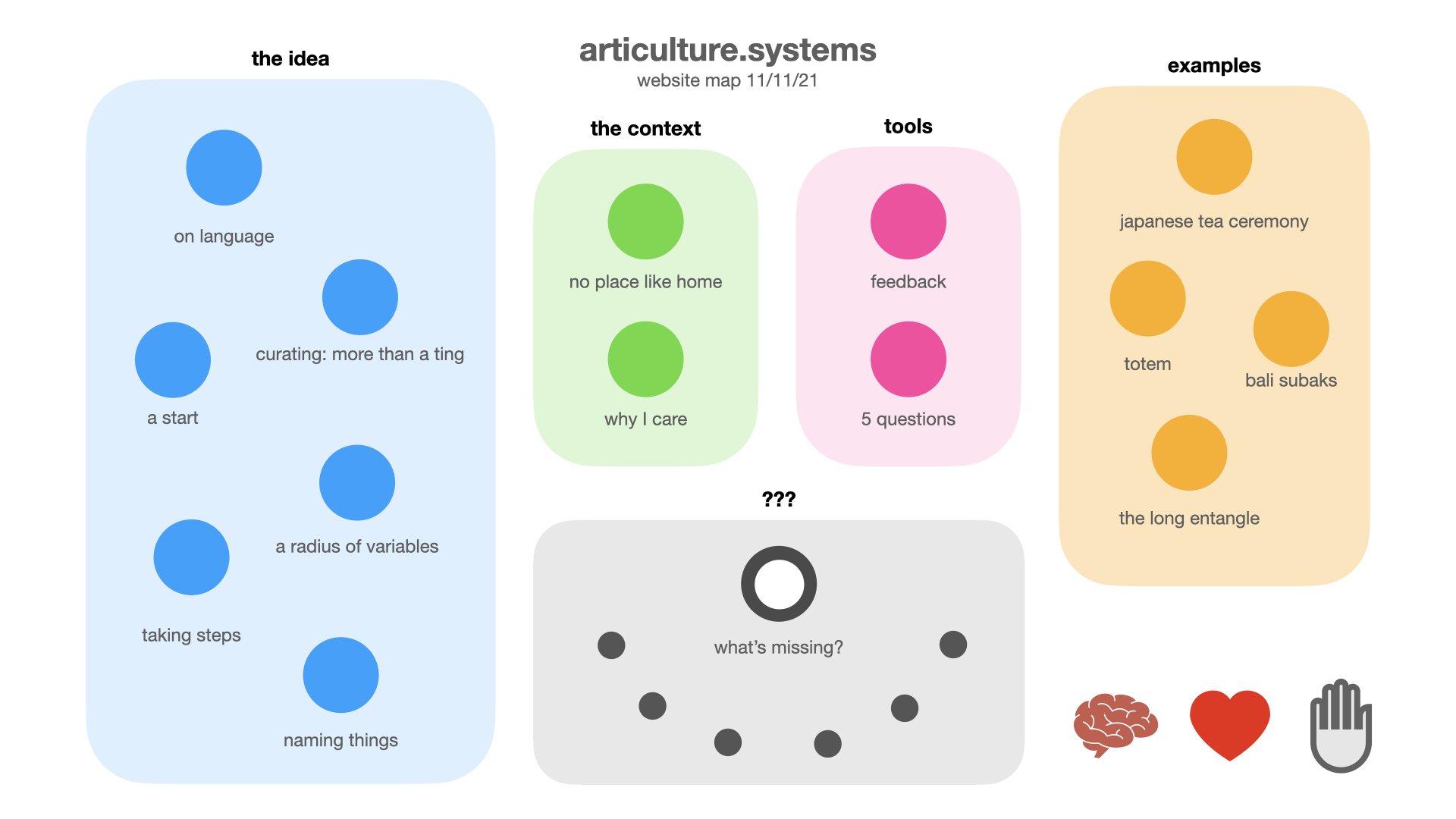
a map
I’ve been reflecting on what this site is so far and what’s missing. I figure we have “head”, in the posts titled the idea, the context, and tools, “heart”, in the examples of art-systems and articulture that have so inspired this journey. We could certainly find more tools, more refinements to the idea and updates to my context as I learn more.
What I think is missing most from this site and is the weakest part of all this, currently, is the “hand” part of the head/heart/hand trio. How do we take this articulture idea and apply it practically to the world?…

tea ceremony
One of the more commonly known examples of an art system, at least among people with a passing familiarity with Asian culture, is the Japanese tea ceremony. Many cultures around the world have formally ritualized the serving and sipping of hot herbally infused beverages. The Japanese example, known as chanoyo or sado - “the way of the tea”, is inspiring for its complexity and continuity of practice.
The “way of the tea” can involve an astounding mix of elements including ceramics, fashion, performance, tea preparation, etiquete, seasonal desert and snack pairings, flower arranging, architecture, painting, poetry, landscaping, politics, historical allusions and Zen spirituality…
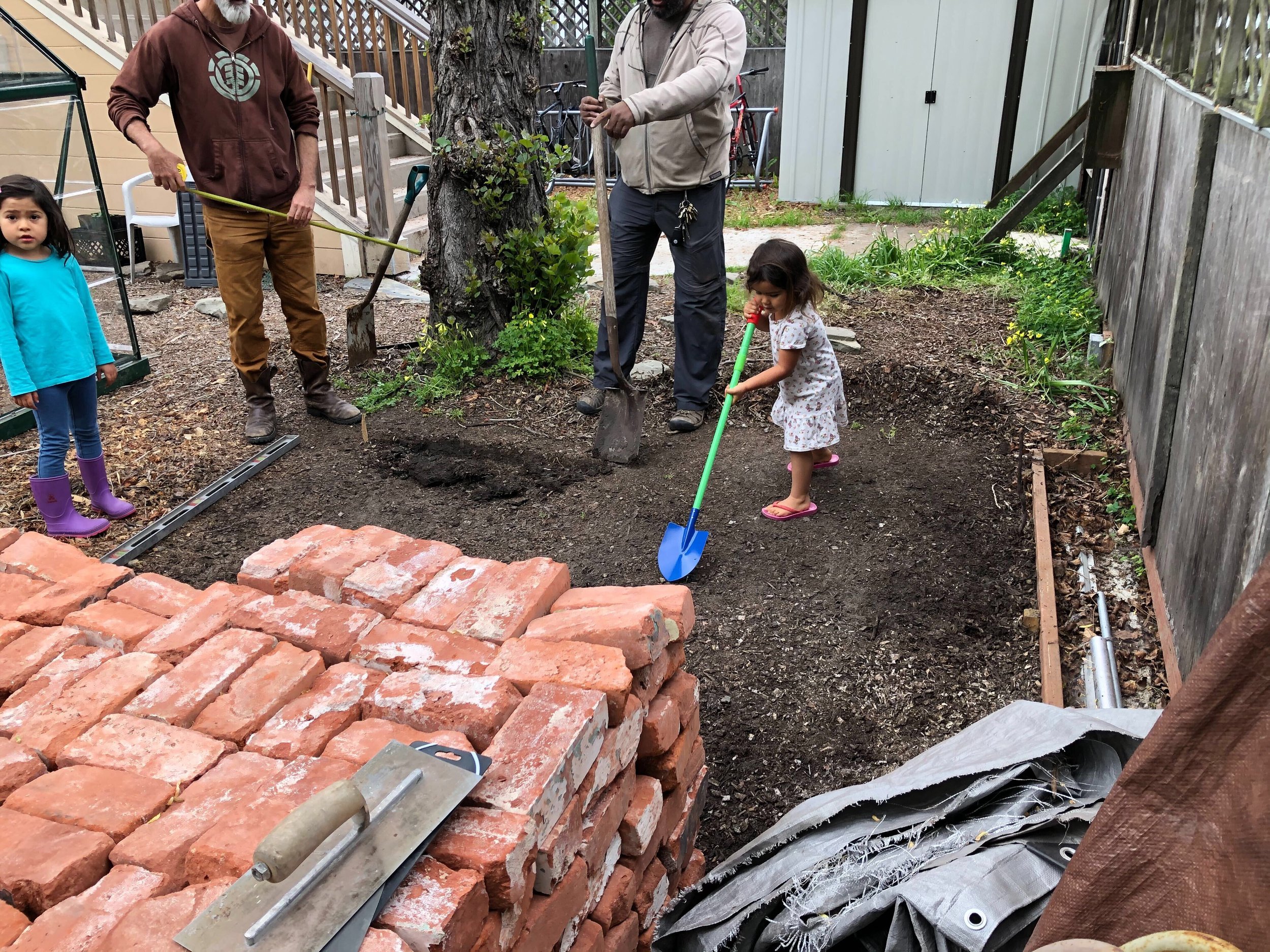
whistle while you work
This post was fun to assemble. I hope these examples inspire anyone looking for ways hard work can actually be fun. A difficult task is so much easier with cultural support! These elements can be part of our art systems, part of our lives. As I witness these examples, I wonder what else is still out there, and what needs to be in place for these practices to survive modernity? Where else in life are they experiencing work music, rhythm, and integrated beauty to create enough soil for these manifestations to bloom? This does not happen in isolation. Food preparation, dancing, fashion, spirituality, festivals and even architecture are shaped by all of this…
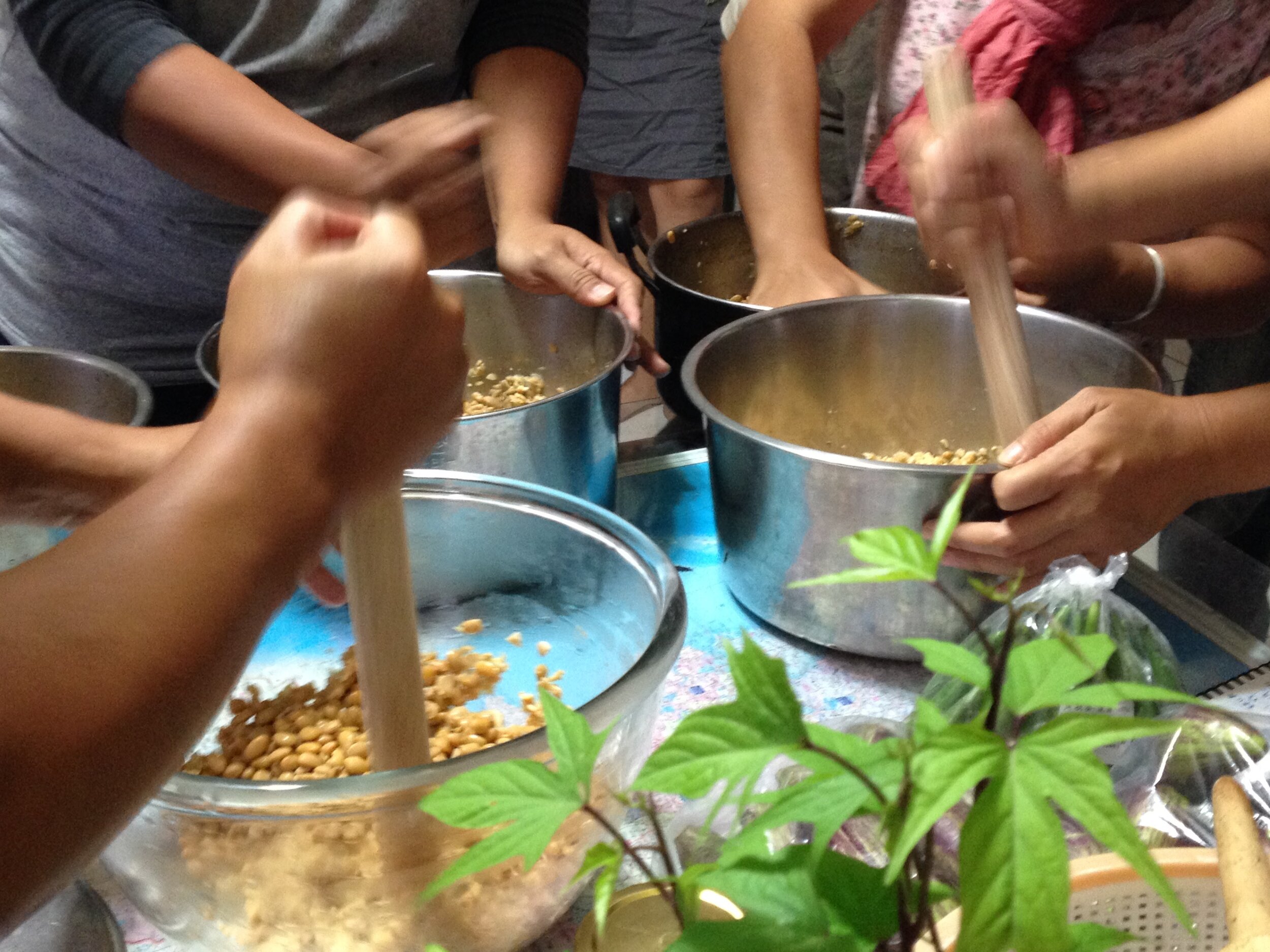
the long entangle
El Bulli chef, Ferran Adrià, once said that cooking is the most conservative form of art. That’s why he developed the field of molecular gastronomy, to fight that tendency to stick to the familiar. His are not the sort of meals you can likely prepare at home, though, unless you have a hyperbolic chamber or chemistry lab handy. Cooking maintains the stubborn potential to be the most deeply grounded in nature, place, and the rhythms of the Earth of any cultural practice, if only because of its ubiquity. We eat “nature” daily. Aside from breathing, it’s likely the most intimate way our bodies interface with the world around us to the point of inviting gastronomically curated bowls-full of other life forms, liquids and minerals, directly into our bodies, transforming them through friction, chemical processes, earth, air, water, fire, into us…

no place like home
So much privilege in writing this and imagining how things could be different when I’m not in imminent danger, have enough food, water and shelter for my family. There’s much to say about the benefits of lived experience yet I’ve grown too reliant on a lifestyle and worldview that’s threatening the conditions for life on the Earth. What can any of us do to break free of this madness? Gandhi was a big advocate of experimenting with one’s own life and “being the change” you want to see in the world. I believe that we need to build our collective resilience and experiment with low footprint lifestyles while we still have some abundance “wiggle room”. Any climate crisis/plague/collapse future will challenge our infrastructure, economic systems and political capacity. Agriculture (feeding ourselves), general “ecosystem services” (water, air, soil, everything nature does to keep a biosphere intact) and who knows what else will be strained to their limits. While we still can, it will help us to learn from the past and share contemporary experiments in how to live…
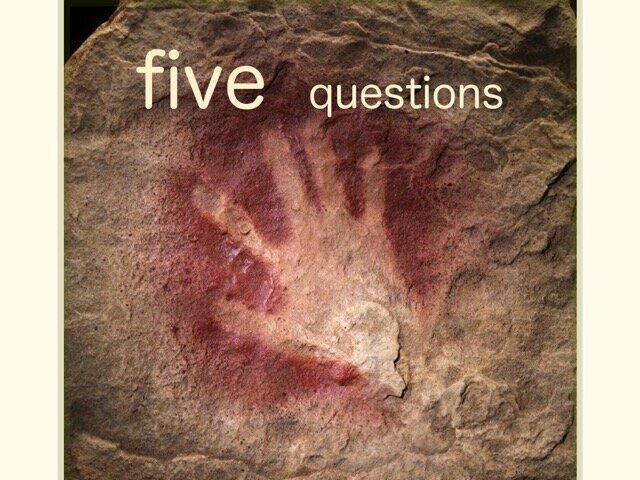
five questions
People often ask for examples of how to think in terms of art systems. On this site, I’ve been most focused on systems people could actually bring home. The idea of a grouping of elements working together, however, can be independent of scale. The grouping thing is the systems concept – the scale issue is about strategy.
I came up with this list of questions several years ago. It’s a handy (✌) way to approach this idea. I like to use my hand as a mnemonic to keep track of the different elements. I memorize numbers that way too. I’ve seen farmers in rural areas use their hands and bodies to give directions and explain things. Teacher friends use similar techniques in grade school now when teaching songs. It’s kind of fun. (Note: those of you good at math might notice I’m not counting the first question below which starts the handful.)…
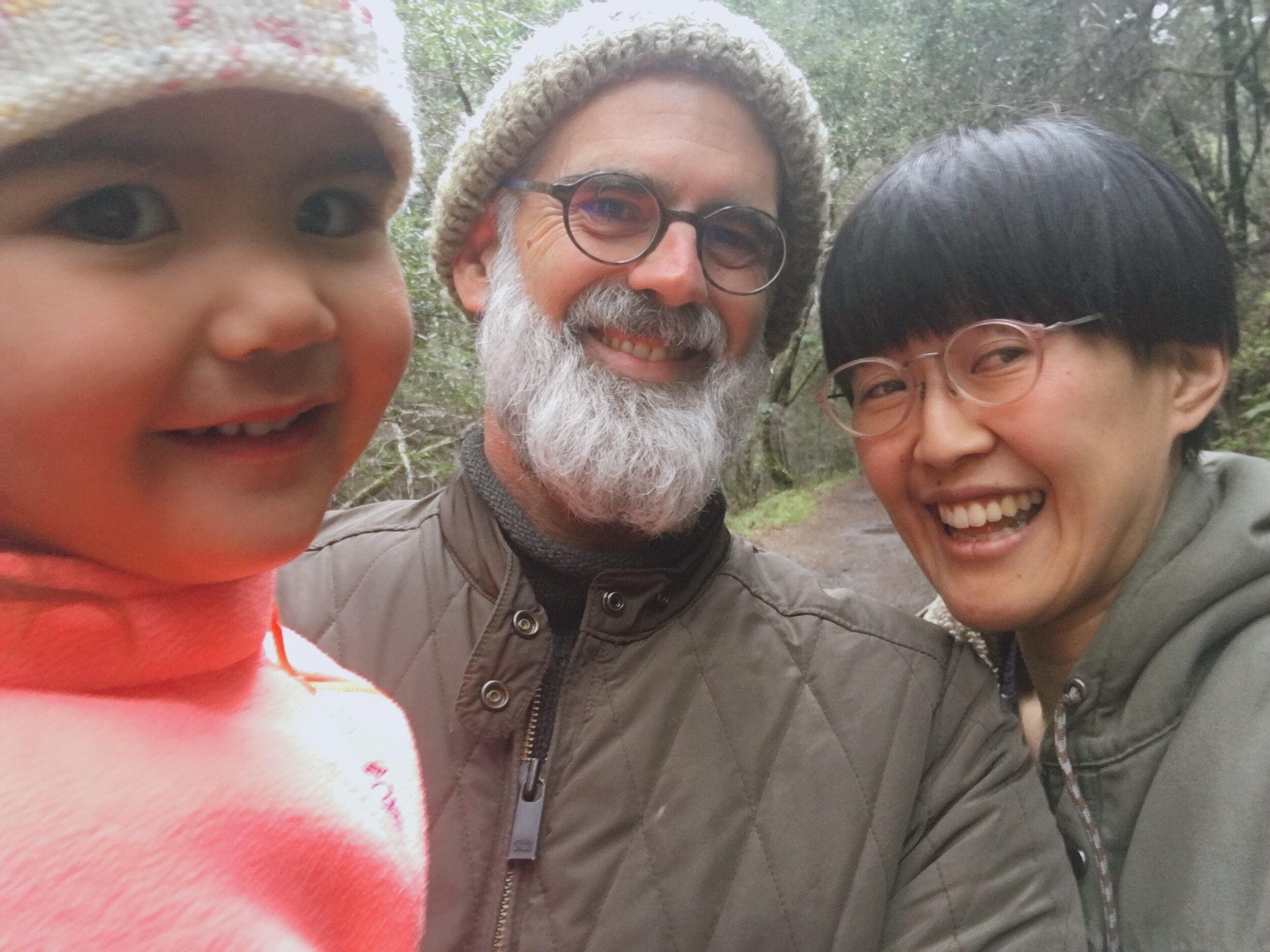
why I care
Some of you may be curious about the inspiration or motivations behind this website.
I have a background as an artist, community activist, puppeteer, nonprofit director, consultant and public speaker, house painter and bread & butter factory worker, among other things. I've split my time between the US and South America (Venezuela as a kid, Ecuador after college) and now live in the occupied part of the planet local Ohlone people call Huichin (Oakland), California.
For over a decade I advocated for and shared information about art and ecology internationally. I thought it was the future of art and I was passionate about what it could do to help heal communities and ecosystems. Over time, I became disillusioned about the nonprofit sector, the embedded injustices and constraints of our political and economic systems, and how terribly limited the numerous projects we encountered and celebrated on greenmuseum•org actually were once I began to consider them more deeply…
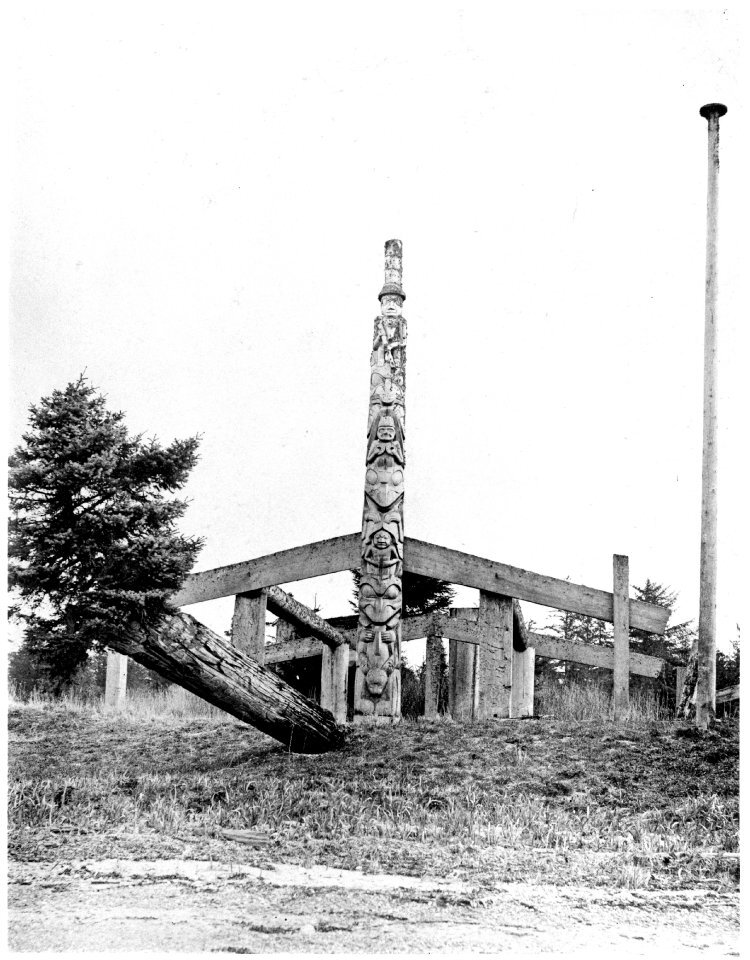
totem
One way to observe articulture in practice and how Western art notions and colonialism under the banner of "preservation" chop the world apart, is the story of this "totem pole". This story could be about any totem pole, or most anything else, for that matter. The pattern is the same.
It's a fascinating and sad story, all too common around the world, and helpful in part, because of the extensive documentation (and photographs from the British Museum). It could be said to begin with the arrival of Columbus to the "New World" or the long traumatic history of European wars and savagery that shaped that particular pattern of conquest and plunder. The Haida village of Kayung in the part of the planet visitors later called British Columbia, is where this part of the story begins…

the protest alternative
Much has been said about protests and cultural events which sprout around large decision-making festivals, like those at the recent COP26. The corporations and dominant destructive power players control the discussion and framing to the extent that any side helping of art or protest, however well-meaning and brave, is likely still to barely get through to decision makers or have much impact at all on public awareness of the issues. It can be inspiring and educational for those involved, yet for many, each big event becomes yet another reason to stay home. Festivals, climate-themed art and clever prank-art, can educate us and wake us up to the need to do something. Yet, with these events and their associated commentary, how many people actually shift how they live to reflect these values? How long might these effects last?…

curating: more than a ting
If for Beuys, “everyone is an artist”, is everyone also a curator?
I'm interested in the ways elements of "culture" - everything from sculpture and painting to music and household crafts, cooking, theater and poetry - relate to each other, blend, support, riff, dance with people and place and sing with awareness of deep time and future generations.
In cities and colonized spaces where ties to preindustrial traditions are generally weaker, the role of cultural weaver is often in the hands of the "curator" or perhaps a "curatorial team". They apply these skills to institutions, museums, concert halls, parks, festivals, and even cafés, usually for a brief but intense period of time and then move on to the next theme or concern or location altogether. Sometimes an author or art critic may weave a bundle of ideas and images together in a written piece to make a point. Rarely, however, are these themes about helping people shift the way they actually live in a sustained or multigenerational way…

feedback
After visiting articulture.systems, you have probably gained some sense of the underlying insight I had about art and culture as a support system for how to live within our ecological means. If this is your first visit to this site and you need more time, please look around and come back. When you’re ready, please consider filling this form out to help me get a sense of how this is landing with other people. (You can also click on the image or title above to be taken to the Google Forms survey.) I want to understand this ancient idea better and continue to explore its implications for the future. I think I might even want to dedicate the rest of my life to this. It feels that important.